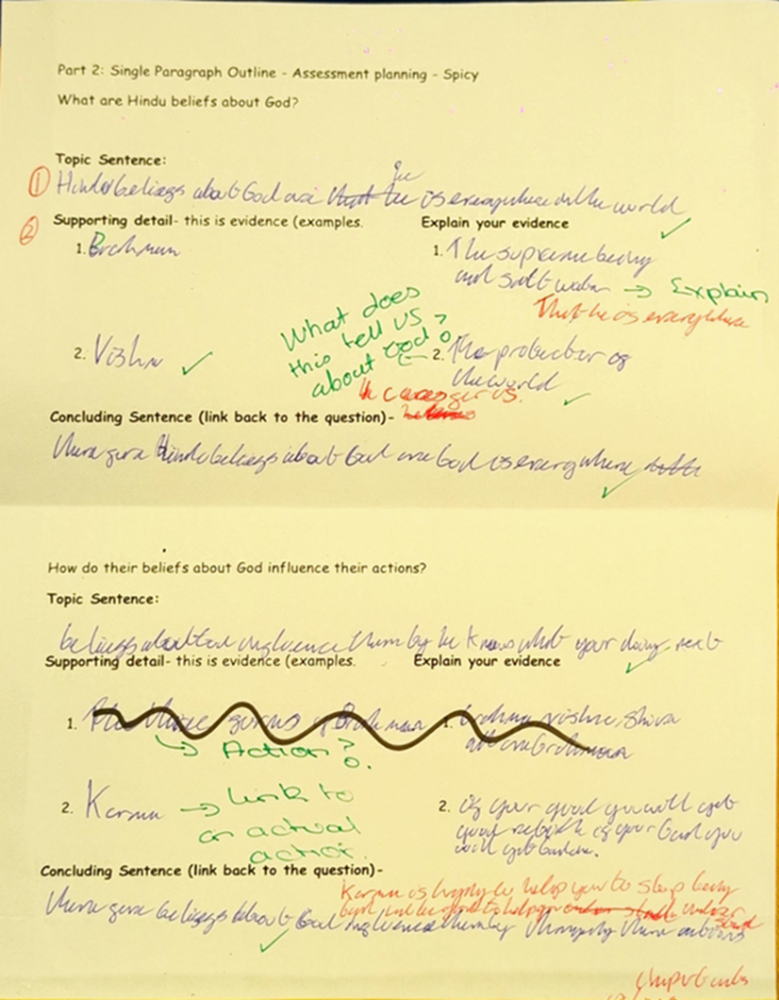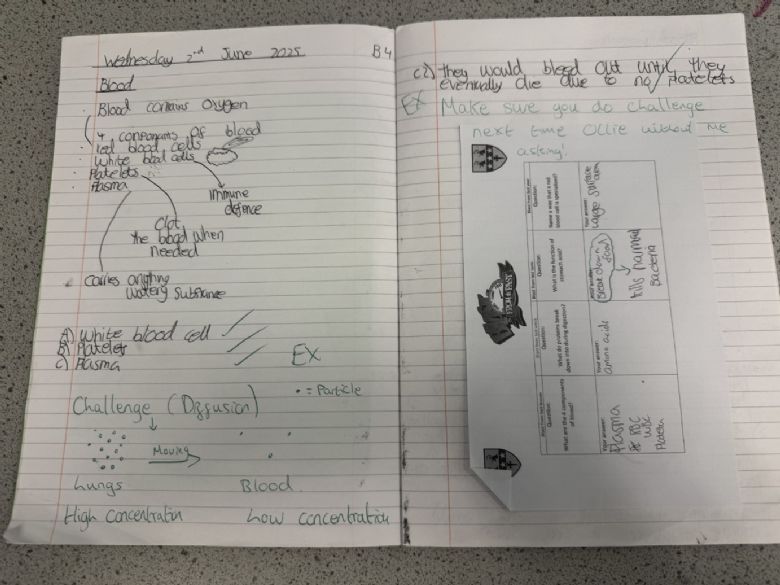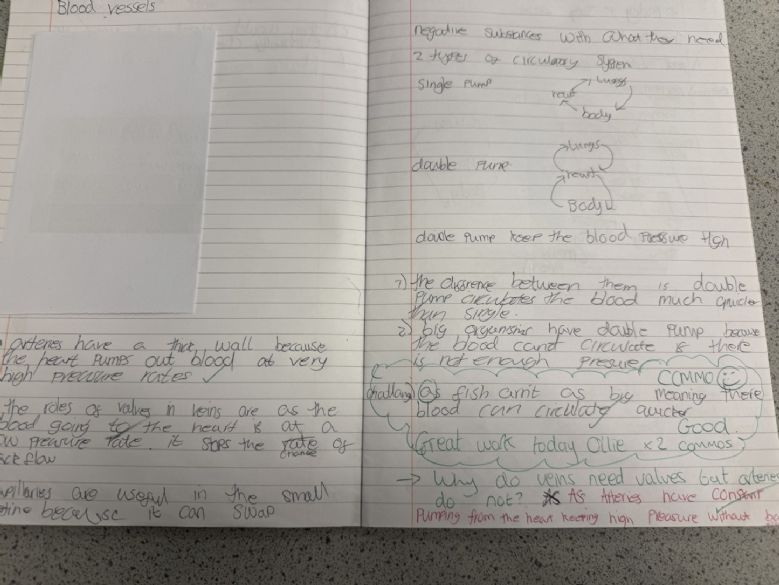October Blog 2025
Supporting SEND students with feedback
Providing effective feedback to students with Special Educational Needs (SEN) is one of the most powerful tools for improving learning outcomes. Research consistently shows that feedback, when done well, can significantly boost motivation, confidence, and achievement. However, SEN learners often require a more tailored approach to ensure feedback is accessible, actionable, and supportive. This is part of our work on OAP standards that we have introduced through coaching this academic year.
Below are evidence-based strategies drawn from leading research and practical guidance that I have picked out to support all of us develop our feedback techniques. This also ties in with what is in our assessment policy, which we must all follow.
1. Make Feedback Specific and Clear
Generic comments like “Good job” or “Needs improvement” are not formative. SEN students benefit from feedback that pinpoints what was done well and what needs work.
Research Insight: Hattie and Timperley’s work on feedback emphasises specificity as a key factor in effectiveness. Clear, actionable feedback helps students understand the next steps rather than feeling stuck.
Example from one of our colleagues:
Below you will see an example of what this teacher has done. You can see the small bits of feedback are really specific to what the teacher wants to draw out from the student. It might be a sentence starter, a question or framing the next part of the argument. The student knows exactly what is needed, which is evident in their response.

2. Give Feedback Promptly
Timely feedback is crucial for SEN learners, as delays can reduce its impact and make it harder for students to connect feedback to their work.
Research Insight: Studies show immediate feedback improves retention and engagement, especially for students who struggle with working memory or attention. [edutopia.org]
Example from one of our colleagues:
This is an example of how the teacher is giving live feedback when a student is preparing for an assessment. The key thing here is that the teacher is quickly checking where there are weaknesses in the plan, which allows the student to be more successful in the assessment. As you can see, it didn’t take long for the teacher to glance through and identify where improvements could be made quickly.

3. Use Positive Framing and Highlight Strengths
Start with what the student did well before addressing areas for improvement. This builds confidence and reduces anxiety.
Research Insight: Inclusive feedback approaches stress the importance of highlighting strengths to maintain motivation and self-esteem. [ctl.ox.ac.uk]
Example from one of our colleagues:
By giving Chase praise first, this will motivate him to go on and complete the area to improve.

4. Align Feedback with Individual Goals
For certain students, it is important to consider their own targets and goals when looking at feedback. It might be the case that you have given them specific instructions before or through your live marking, and then they do it. This might be about the structure of their writing, or specific knowledge you want them to include.
Research Insight: Goal-directed feedback is highly effective for SEN learners because it reinforces progress toward personalised objectives. [meadowscenter.org]
Example from one of our colleagues:
In the first picture, you can see the teacher has given this student some feedback and then set them a specific target of completing the challenge next time. In the second picture, you can see the student has had a go, which the teacher has marked and given feedback and praise.

 \
\
6. Encourage Dialogue and Self-Reflection
Feedback should not be one-way. Ask questions that prompt students to think about their work and suggest improvements.
Research Insight: Harvard’s feedback guide highlights dialogue as a powerful tool for promoting critical thinking and ownership of learning. [hwpi.harvard.edu]
Example from one of our colleagues:
This teacher has marked a piece of work and given the student a question to answer, to get more information out of them. They answered the first question, but the teacher wasn’t quite happy, so they went back and asked another question to draw more information out of them.

Final Thoughts
At Crookhorn, we know that effective feedback is vital—especially for our students with SEN. Like many schools, we are seeing an increasing number of students with additional needs as new cohorts join us. This makes our commitment to high-quality feedback even more important.
We believe in the power of feedback and the benefits it brings to our students. While some schools may not share this belief, we are proud to say that Crookhorn does—and always will, for as long as I am here! Our feedback policy is strong, but its success depends on us working together to ensure consistency across the curriculum.
Supporting students who find learning challenging means adapting and differentiating—not just in our planning, but also in the feedback we provide. This is how we help every learner make progress.
If you ever need support with feedback, please speak to your coach or to me. We can work together to develop strategies that make a real difference for our students.
